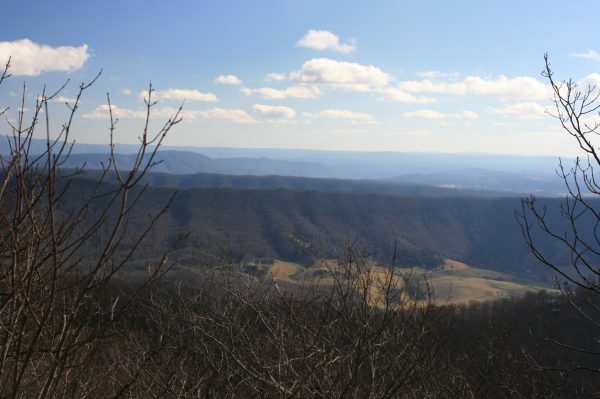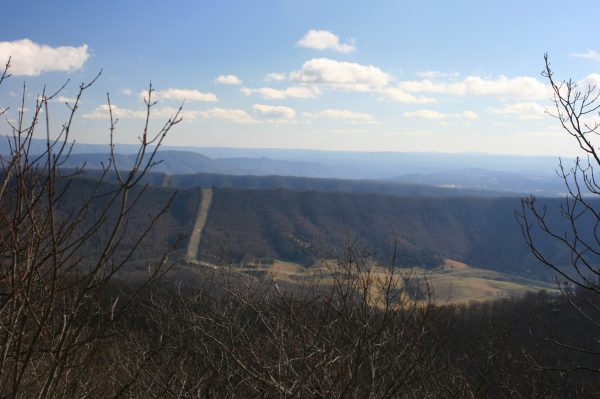MVP Construction in Peters Mountain Area
Construction of the Mountain Valley Pipeline is set to begin on October 26, 2023 in the vicinity of Symms Gap on the crest of Peters Mountain (NOBO mile 649.1) along the Appalachian Trail. For public safety, the U.S. Forest Service (USFS) has implemented a closure order that includes the area immediately surrounding the footpath through the construction zone. The AT footpath will remain open, but hikers are prohibited from stopping or loitering in the area covered by the closure order and temporary construction fencing will be installed along either side of the Trail.
Hikers may see lights or hear construction sounds in the vicinity of the construction zone.
Hikers should plan to hike continuously through the construction zone and follow all directions from posted signs and pipeline or USFS staff. For more information, contact the Jefferson National Forest’s Mountain Valley Pipeline Project at 1-888-603-0261. To view the closure order and accompanying map, visit the George Washington & Jefferson National Forests’ website and click on Closure Order – Peters Mountain Right-of-Way for the order information or the subordinate bullet Map of closure area for a map of the area.
Any questions should be directed to the USFS MVP Project at 1-888-603-0261.

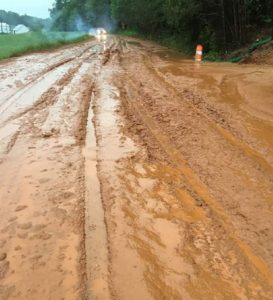
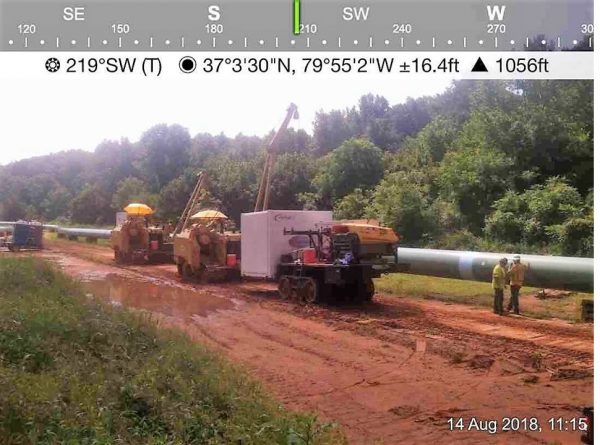 THIS POST WILL BE UPDATED AS NEW EVENTS OCCUR. On July 27, 2018,
THIS POST WILL BE UPDATED AS NEW EVENTS OCCUR. On July 27, 2018, 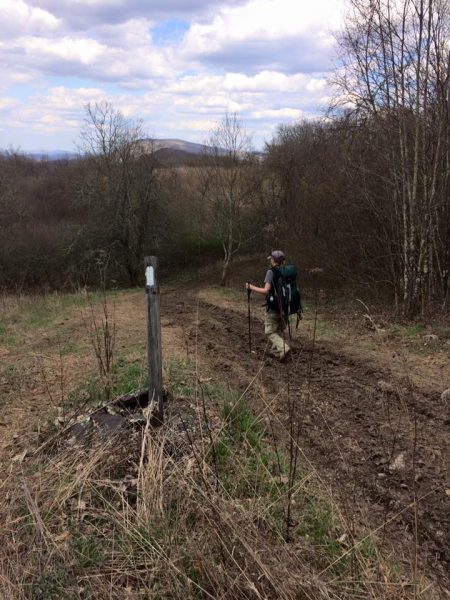 The rules about vehicles on the Appalachian Trail are very clear. You can’t ride a bicycle on it. Nor
The rules about vehicles on the Appalachian Trail are very clear. You can’t ride a bicycle on it. Nor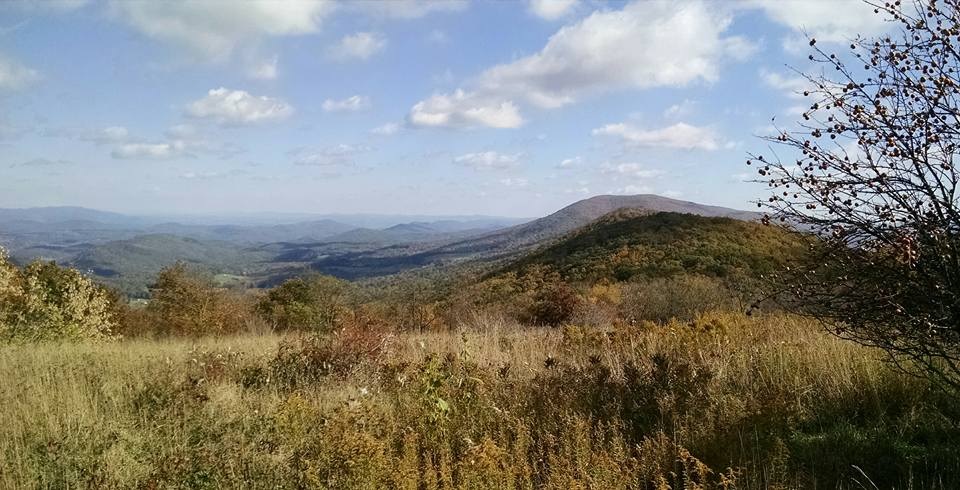
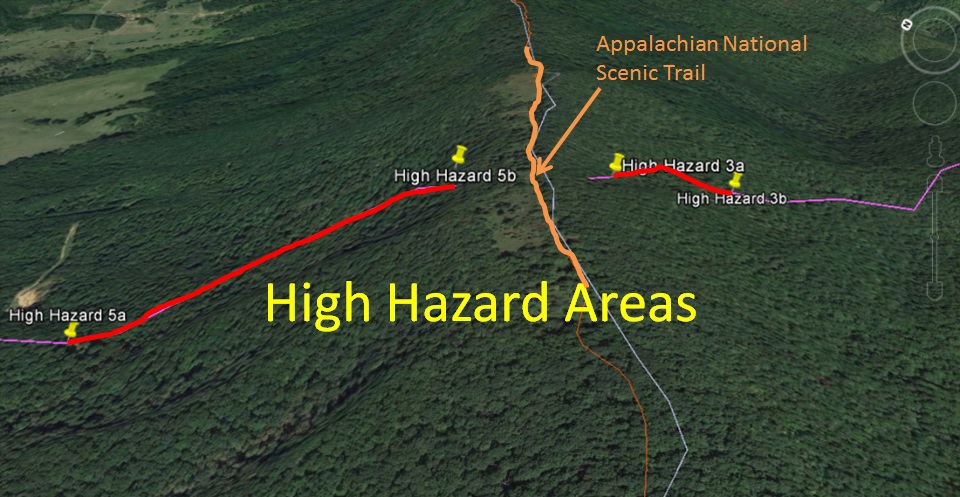
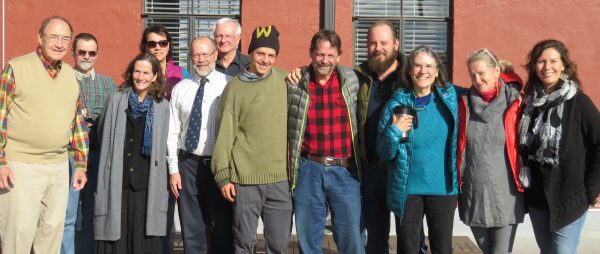
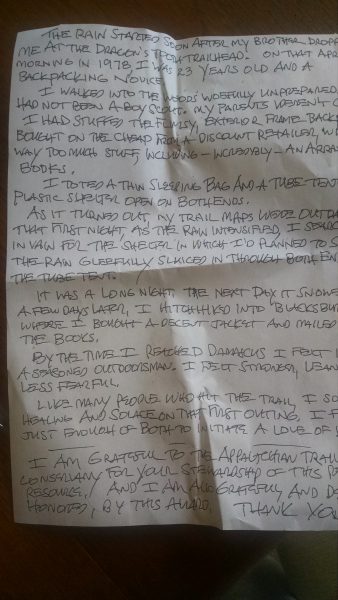
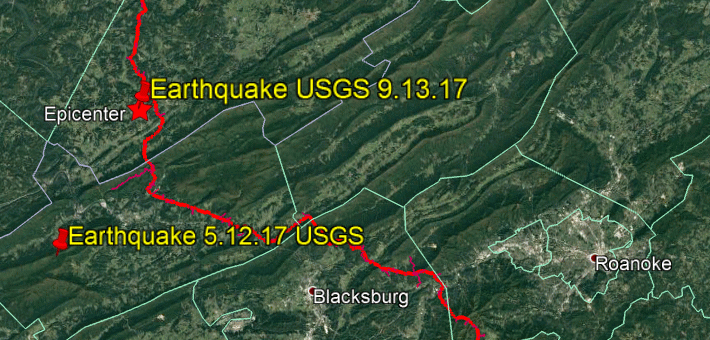
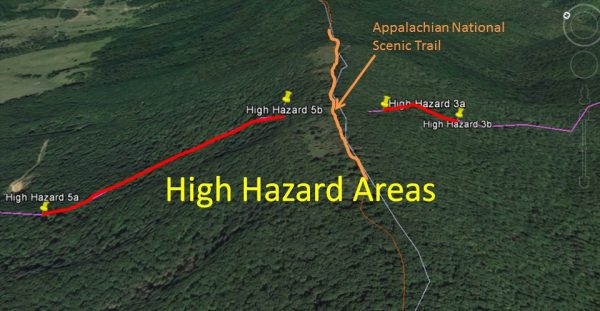 WORST POSSIBLE LOCATION: PROPOSED CROSSING OF APPALACHIAN TRAIL
WORST POSSIBLE LOCATION: PROPOSED CROSSING OF APPALACHIAN TRAIL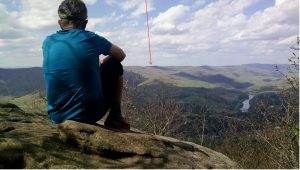 Are you tired of partisan bickering? Join us at 10:30 am tomorrow for a bipartisan celebration of the Appalachian Trail at the
Are you tired of partisan bickering? Join us at 10:30 am tomorrow for a bipartisan celebration of the Appalachian Trail at the 